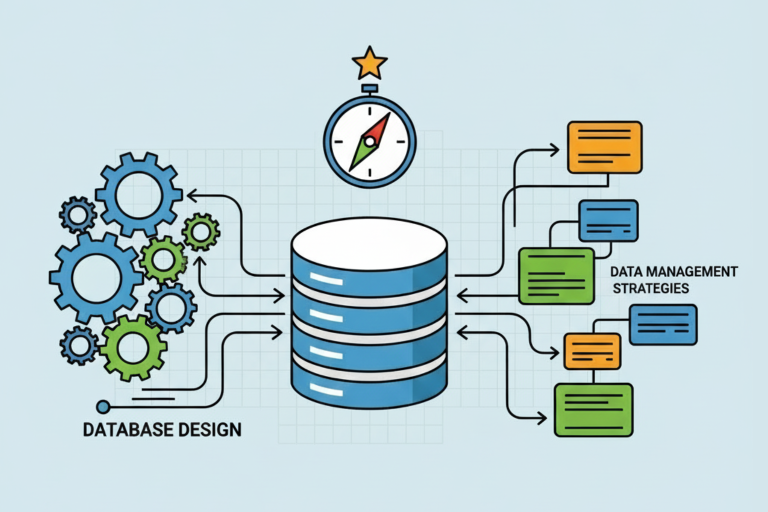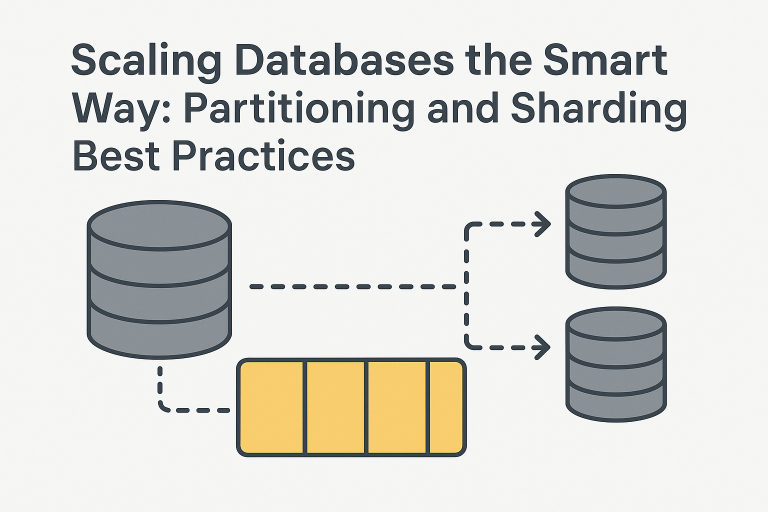
In the present situation, as digitalization and online services have become a basic requirement in every industry, cyber-security demands utmost attention to keep organizations safe from a variety of cyber-attacks. Consequently, the increasing number of cyber-attack incidents at the application level has compelled organizations to fulfill strict security mandates. Whether it is an IT organization, a software development company, law firms, the export industry, different government organizations, or even the national army, every sector is vulnerable to cyber-criminals.
Alongside the advancement of technologies, the methods of cyber-attacks have also evolved, and the number of intense viruses and bugs is steadily increasing. As a result, organizations must adopt an extensive security strategy. Moreover, disruptive cyber-attacks are driving companies to implement a comprehensive Application Security Testing strategy to strengthen their resistance against such threats.
Leverage Application Security Testing Services
To secure your applications, Application Security Testing Services play a vital role, as these testing methods can reveal the vulnerabilities within your security system. In particular, managed IT service providers conduct an extensive range of tests that not only identify flaws in your system but also evaluate the overall security infrastructure and suggest remedies to keep your applications safe.
Since a weak security system can make your web application highly susceptible to virus attacks, it has become essential to integrate security testing from the early stages of the development lifecycle. Fortunately, there are multiple software solutions and tools available in the market that can evaluate your code along with runtime interfaces to detect potential vulnerabilities.
Purpose of Application Security Testing Services
Application security testing is a crucial method to authenticate an information system, protect sensitive data, and maintains its intended functionality. The security testing service also includes a thorough examination of the application to identify if there are any flaws, technical errors, or weaknesses in the code of the application. Along with the identification of the weaknesses, the repairing of the defects is also the responsibility of the security services.
Several open-source security testing tools are available in the market. Some of the efficient web security assessment tools are:
- WindShark,
- Namp,
- MetSploit,
- OpenVAS,
- Aircrack and Nikto,
- Samurai Framework,
- Safe3 Scanner,
- Websecurify
- SQLMap
Organizations of the digital era are using web applications to serve their customers in a better way and make the business easy-accessible to the customers. As web applications are providing numbers of benefits to both the organization and customers and both parties are sharing valuable information for online transactions, it is crucial for organizations to safeguard their applications by practicing web application security testing methods.
Types of Web Application Security Testing
Different types of application security testing services are practiced by enterprises. Testing methods can be grouped into three categories:
1. Dynamic Application Security Testing:
Dynamic Application Security Testing (DAST) testing approach is used to identify the vulnerabilities of the web applications that can attract hackers. This type of testing comes under black-box security testing where the tests are accomplished by attacking an application from the outside. DAST method doesn’t need to access the application’s source code to conduct the testing. Therefore, the testing method can be accomplished faster than other methods.
DAST method helps the applications to be protected from the hacker and also analyses how the cybercriminals can approach the system data from outside.
2. Static Application Security Testing:
Static Application Security Testing (SAST) is a type of white-box testing. The tests are performed by analyzing the source code from the inside while components are at rest. This testing method helps to analyze the byte code, source code, binaries, and design conditions to identify if there is any threat of security vulnerabilities. SAST approach is popularly known as the inside-out approach.
3. Interactive Application Security Testing:
Interactive application security testing (IAST) is the process that is designed to analyze an application while the app is running. It works through the instrumentation of the code to identify the problematic portion of the code and notify the developer, so the developer can fix the issue immediately.
4. Application Penetration Testing:
This is one of the crucial methods to manage regulatory frameworks. However, proper penetration testing cannot be achieved through automated tools alone. Therefore, enterprises should implement a combination of both manual and automated testing practices to effectively identify vulnerabilities within the regulatory framework, as well as address issues related to business logic. By doing so, they can ensure a more thorough and reliable security assessment.
5. Software Composition Analysis:
Software composition analysis is the method of scanning the application code to provide visibility into open source software components, along with security vulnerabilities and if any license compliance is there.
Tips to Secure your Web Applications
Some of the commonly used methods to secure your web-applications from cyber-attacks:
1. Use Web Application Firewalls:
The use of Web Application Firewalls (WAF) is helpful to detect cyber-attacks and safeguard your application. It can protect your application against threats coming from web traffic. Effective WAPs are also able to detect if there is a chance of malicious attacks.
2. Adopt of Runtime Application Self-Protection (RASP) Security technology:
Enterprises should adopt the latest Runtime Application Self-Protection technology to protect their application by reducing human intervention and threats.
3. Monitor Security of Apps in Production:
To keep your application safe, it is vital to be aware of the behavior of the application and the traffic patterns of users. If any unexpected activity like high or low traffic is observed, then it might be due to a malicious attack. Continuous monitoring can help you to detect cyber-attacks in the app. You can take the help of the IT infrastructure management service for 24*7 monitoring of your App.
4. Use Container Firewalls:
The use of container firewalls is an efficient and proactive approach to protect your application from cyber-attacks. To illustrate, here is a list of key components of container firewalls that help keep your applications secure: Application Intelligence, Container Threat Protection, Cloud-Native Support, Whitelist and Blacklist-Based Regulations, and Compatibility with Continuous Integration and Continuous Development (CI/CD), among others. Together, these features contribute to a robust defense mechanism tailored for modern, cloud-native environments.
5. Prepare Incident Response and Recovery Plan:
Enterprises should be prepared for any kind of Cyber-attack and make Incident Response Plan to prevent them. Their Incident Response and Recovery Plan should include phases like
- Identification
- Containment
- Eradication
- Recovery and Post Incident Activity
Conclusion:
Applications without any security testing are susceptible to cyber-attacks and enterprises need to take essential steps to safeguard them. There are managed IT services offering security testing services to protect your web application from viruses and bugs. The IT outsourcing companies can offer you an in-depth security analysis along with complete Reports and Console. They also offer helpful measures to keep your apps safe.






